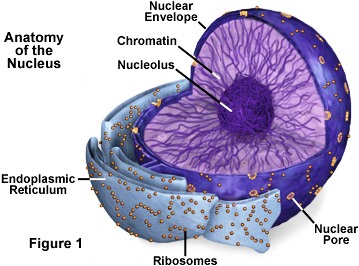There are unfortunately many contradictory research assumptions, that wish to explain how ALS appears and progresses. One of the most serious hypothesis ensures that it is a proteopathy. The causes of these proteopathies remain unknown but many elements indicate a cellular energy deficiency. Proteopathies have been involved in several neurodegenerative diseases.
An article by Olubankole Aladeuyi Arogundade et al. shows something new and interesting. In a recent article the scientists explain that they have found events preceding proteopathy in ALS. They have studied cells from spinal cord of 11 sporadic patients, 11 patients with mutations (inducting DPR) on chromosome 9 (C9-ALS) and 11 healthy patients.
Overall, the motor neurons in the C9-ALS presented smaller nucleoli compared to controls. Surprisingly, this narrowing occurs even in neurons without pathological TDP-43.

Thus, the nucleolar stress that manifests itself by the nucleolar shrinking seems to be a change upstream, before many of the molecular and structural changes.
Mizielinska et al. had already shown that C9-FTLD front cortical neurons had a lower size in neurons without other pathological markers. Similar results were obtained for Alzheimer.
Thus, at least two studies have now shown coherent results of nucleolar narrowing in the absence of pathological markers such as TDP-43 or repetitions of dipeptide for chromosome 9.
Nucleolar narrowing is sometimes associated with cancer or a cellular energy deficiency. Even if it is not mentioned in the article, one may think again about the hypothesis of the cellular energy deficit in ALS.

